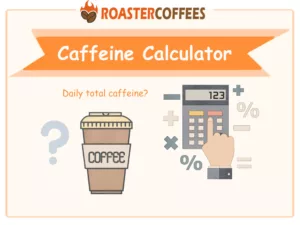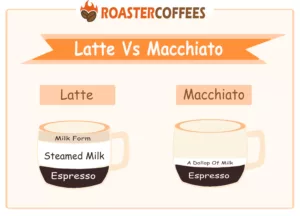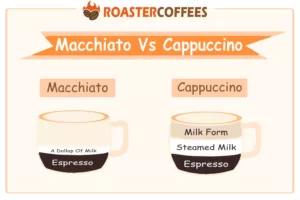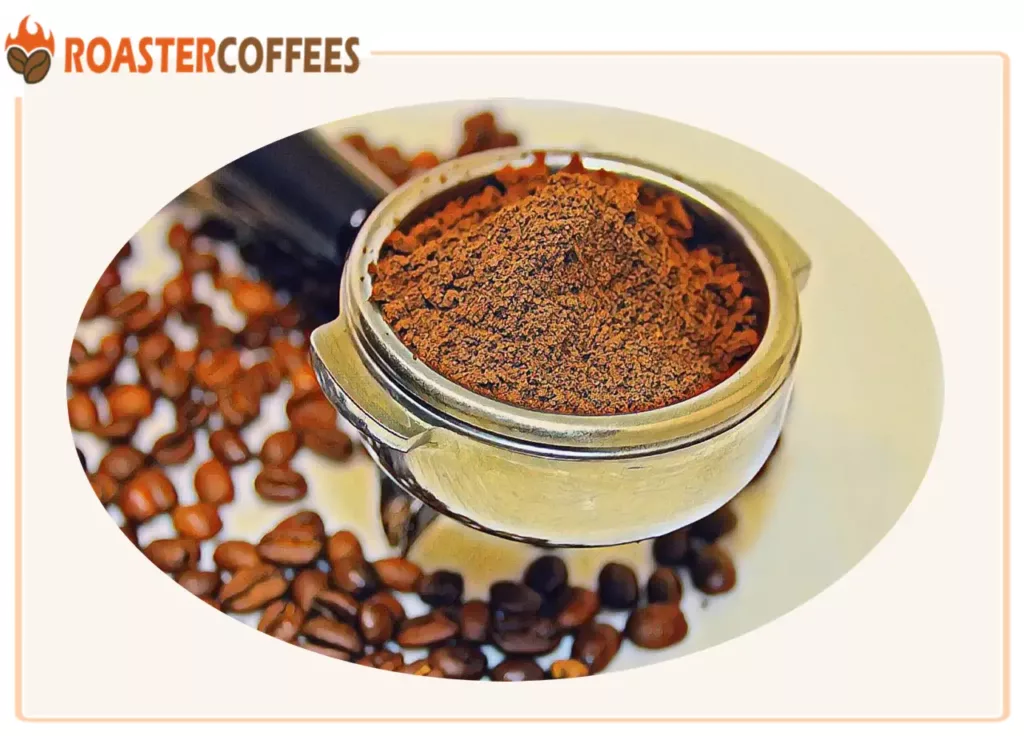
Most people cannot brew a perfect cup of coffee by using pre-ground coffee beans. Most Americans make coffee at home. But how much freshly coffee ground is there?
Many factors affect the final cup. Even if you get the best beans, follow the correct brewing method, use the ideal coffee to water ratio and the best water temperature, but fail to grind your coffee correctly before brewing, you will miss it.
You might say that you have invested in the best coffee grinder, but you can only brew coffee that tastes average.
The point is that you need to know the suitable grinding size, so you may solve it with just a small adjustment. Do not underestimate the importance of coffee grinding.
Next, we will show you the different grinding sizes and when you should use which grinding size.
If you don’t understand the extraction method, it won’t be significant to have the best coffee beans and the best coffee maker in the world. You can avoid poor coffee extraction if you learn about coffee extraction.
Remember that your goal in choosing a grind size is to extract the right amount of flavor from the grounds. Too much means over extraction, and too little means under extraction.
If your coffee grounds are too coarse, it is easy to cause under extraction. It would help if you considered this when the flavor of your coffee is not enough.
If your coffee grounds are too fine, it is easy to cause over extraction. It would help if you considered this when your coffee extracted too much flavor and becomes too strong.
You may have probably tasted bad coffee before, just like this result of extraction:
| UNDER EXTRACTION | OVER EXTRACTION |
| Sour | Bitter |
| Salty | Dry |
| Acidic | Astringent |
Your final goal is to obtain a perfectly extracted coffee. So let’s know the main grind sizes, distinguish them, and which size is recommended for different brewing methods.
Mainstream Coffee Grind Sizes
There are the following seven main grind sizes. Which size you need will depend on your brewing method and how strong the coffee you want.
1. Extra Coarse Grind
It is usually used for cold brewing, so it is also called cold brew grind. These look like ground peppercorns.
2. Coarse Grind
Coarse grind looks like kosher sea salt and is often used for French Press, Percolator, and Cupping.
3. Medium Coarse Grind
Between coarse grind and medium grind, similar to coarse sand. The suitable methods are Chemex, Clever dripper, and Flat bottom filters (Kalita).
4. Medium Grind
It is a good starting point to try your grinding. Similar to table salt. It is usually used for Cone-shaped filters and Aeropress (with more than 3 min).
5. Medium Fine Grind
Your coffee grounds look like fine sand! The suitable methods are Hario V60, Siphon, and Aeropress (with 2-3 min).
6. Fine Grind
Usually, pre-ground coffee is of fine grind, which is the most common size. It is often used for espresso brewing, Moka pots, and Aeropress. It looks like powdered sugar.
7. Extra Fine Grind
The texture is similar to flour. This size is rarely used, almost exclusively for Turkish coffee.
The Coffee Grind Chart, Compare Each Size
Following is a coffee grind chart covering the several grind sizes introduced above and their texture, particle size, and suitable brewing methods. It will help your grinding and brewing every time.
You can download it to any of your devices so that you can view it anytime, anywhere. Of course, it is free!
You cannot use one grind size for any coffee brewing method. Some sizes are best for certain coffee machines.
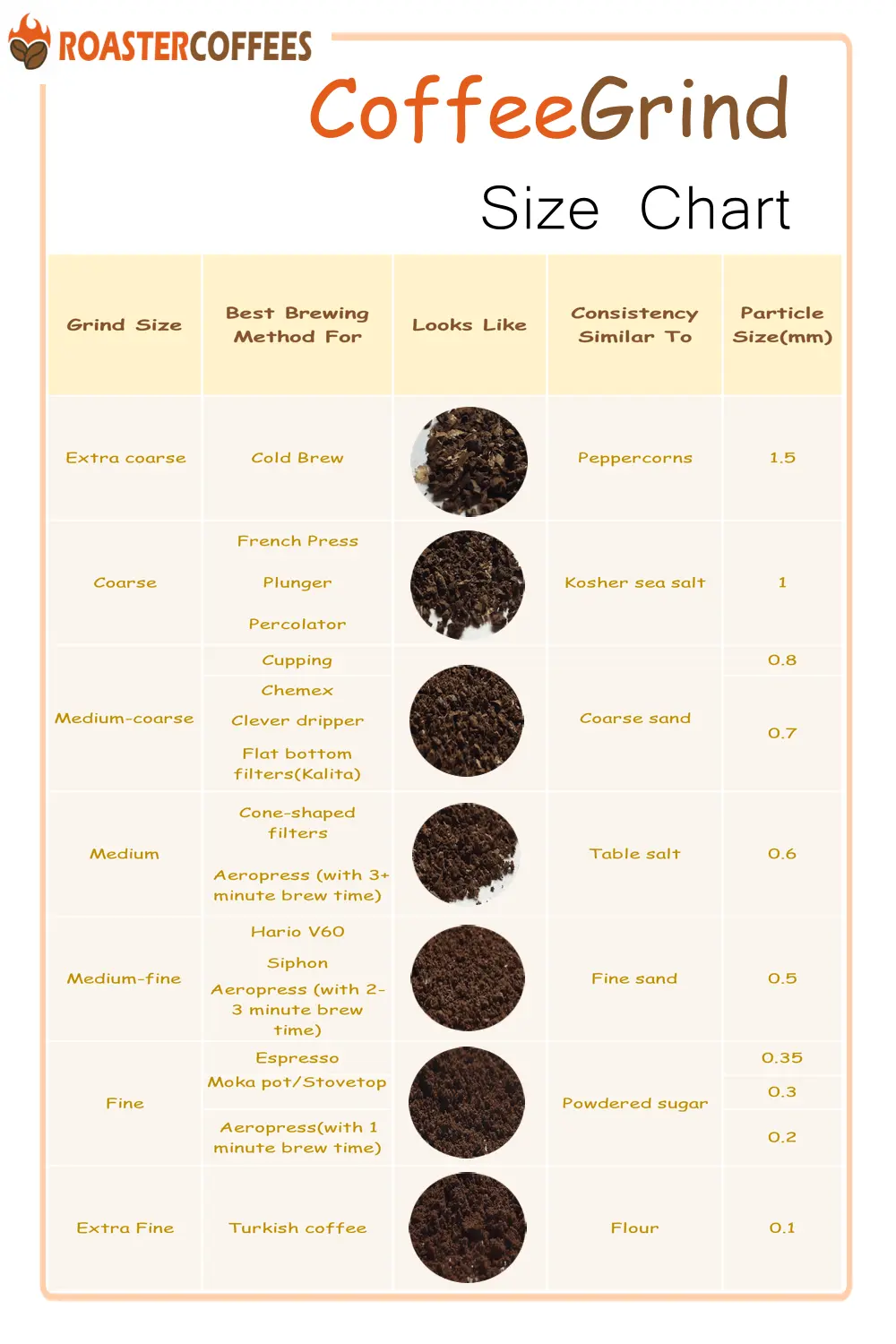
Remember that sometimes the grind size depends on personal preference. For example, Moka pot can also be used with other grinding sizes.
Brewing Methods And Grind Size
Espresso
The fine grind of powdered sugar texture is the only suitable grind for espresso. Any other grind size will not produce the best espresso. Since espresso’s brewing time is only 30 seconds, incorrect coffee grind size will significantly affect this super-concentrated drink. The fine grinding allows the water to obtain the best aroma in a few seconds.
If the coffee grounds are too coarse, the coffee will be poured too quickly, resulting in an under-extracted shot that tastes sour. On the contrary, if the grounds are too fine, the coffee will be bitter and burnt.
Aeropress
Aeropress is unique in that there is no optimal coffee grind size for this brewer. It depends on the brew time and the flavor of the coffee you want.
With a medium grind, you can let the coffee brew for 3-4 minutes. With a medium-fine grind, the brew time is about 2-3 minutes. And a fine grind takes only 1 minute. You can experiment more to get a suitable method for you.
Hario V60
Because the V60 filter is thinner and the dripping cone is large, it requires medium grinding. If the coffee is under-extracted and the taste is sour, you can adjust the grinder for finer grinding.
Chemex
Chemex filters are quite thick, so this brewer needs to be ground with medium-coarse. The filter prevents the coffee from drain too quickly, while the medium-coarse grinding can prevent over extraction.
French Press
For the French press, we recommend choosing coarse grinding. If the coffee is ground too finely, your brew will become bitter, cloudy, and over-extraction.
Please note how difficult it is to push down the plunger on the French press. If it feels too easy, the grind is too coarse. Conversely, if it is difficult and feels too stressed, it means your coffee grind size is too fine.
Cold Brew
Cold brewing means that the coffee is not in contact with hot water but steeps at room temperature. We recommend using additional coarse grinding for this method. Keep in mind that the grinding size depends on the steeping time. If the cold brewing time is longer, a coarser grinding can be used. We encourage you to try it until you find a suitable one.
Blade Grinder Vs. Burr Grinder
You have already know the main coffee grind sizes. But do you think this is over? Not yet. Coffee grinding does not stop by learning to grind size, and you have to get a suitable coffee grinder.

Blade Grinder
If you have been using a blade grinder to grind coffee beans, you have made the most common mistake in coffee grinding. Please don’t do it. It is worse than buying pre-ground coffee.
First of all, the key to brewing a delicious coffee cup is the consistency of the coffee grind size. If the size of coffee grounds is different, the part that is over-fine will be over-extracted, and the part that is over-coarse will be under-extracted, and the result will be terrible.
Blade coffee grinders usually attract people because they are affordable, small in size, and seem like a simple solution.
The blade grinder uses a metal blade to chop coffee at high speed. This method of grinding is fast and messy, resulting in inconsistent coffee grinding. It is impossible to grind all beans the same size using this method. It violates the principle of consistency of delicious coffee.
In addition to the apparent lack of consistency, blade coffee grinders have another pitfall: they can only work by spinning extremely fast. It causes heat and friction so that the coffee is overcooked and not fresh, even if your coffee beans are fresh.
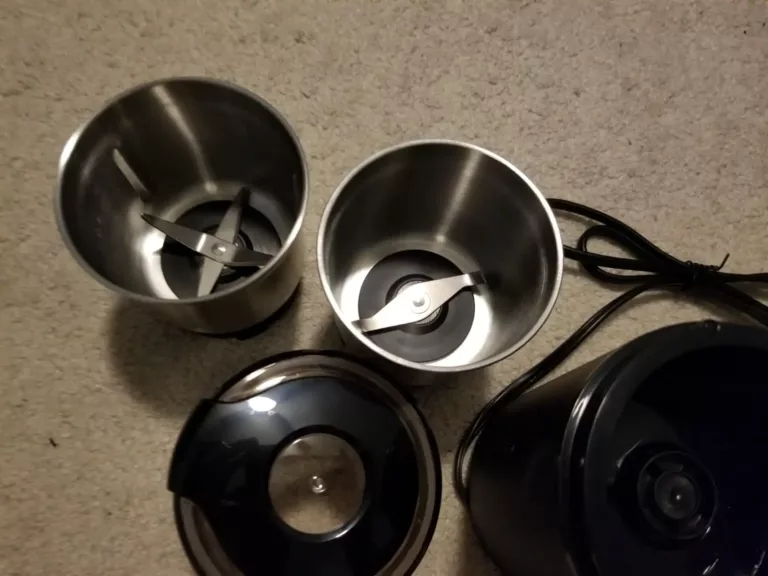
Burr Grinder
Compared with the blade grinder, the burr grinder uses uniform rotating force and pressure to crush the beans into a consistent grinding size. They can maintain a precise and consistent uniform grinding and achieve this goal at low speeds, which means there is no increase in heat.
So how do you know whether to choose a manual grinder or an electric grinder? It depends on what you use the grinder for. For individual brewers such as Aeropress, Chemex, manual ones are ideal, even if they take a little time. A manual grinder may seem troublesome, but a small amount of ground coffee is fast and worth trying.
However, if you are making a lot of coffee, it is worth investing in an electric grinder. When you mainly brew espresso, the electric grinder will make it easier and more consistent because espresso is very sensitive to every small detail. Besides, manually grinding coffee for each shot of espresso sounds unsustainable.
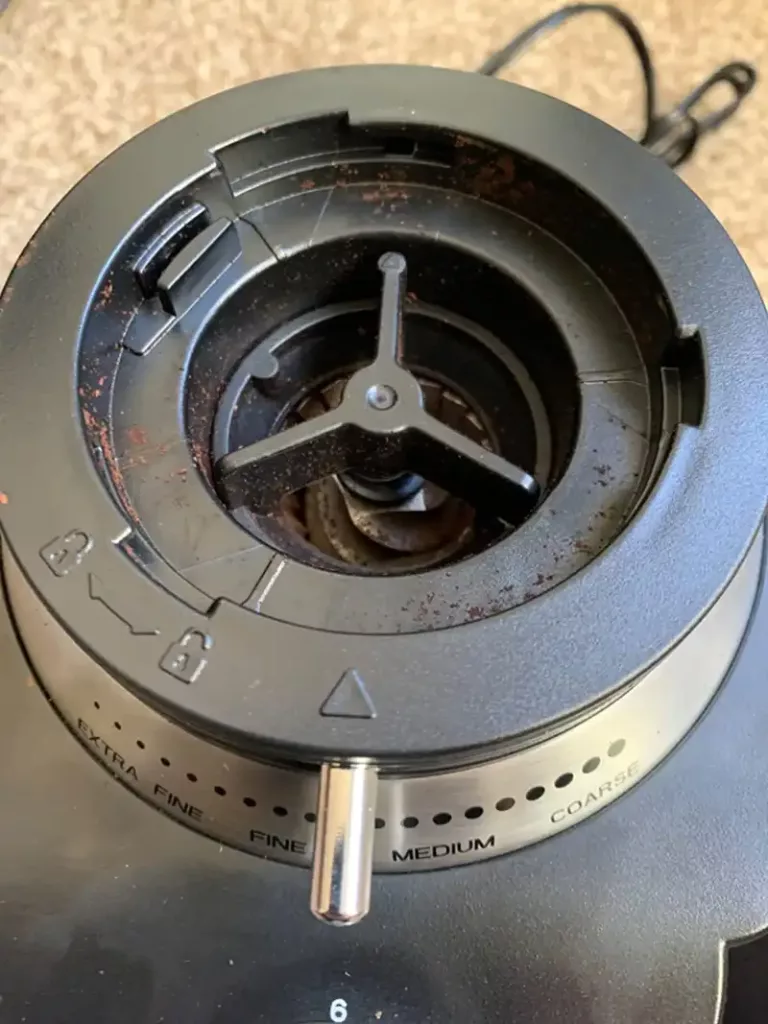
Final Thoughts
Yes, you are now an expert in coffee grinding. When you pay attention to small details, you will be rewarded with quality coffee. You have got the knowledge, now you only have to choose a grinder, a bag of high-quality coffee, and you can immediately taste the improved taste!
Coffee Grind Size FAQs
Does A Finer Grind Make Coffee Stronger?
Finely ground coffee may not automatically bring a richer flavor, but it will make it bitter because of over extraction.
The word “strong” in coffee is relative and depends on many factors, such as roasting and acidity. If you want to make the coffee as strong as possible, we recommend keeping the grind within the coffee grind size chart and adjusting it within the range allowed by the brewing method.
Can I grind my coffee beans in a blender?
A blender uses a metal blade at high speed, which can cause a mess, inconsistent grinding size, and unwanted heat and friction, much affecting the taste. Similar to a blade grinder, but worse. In this case, you’d better buy pre-ground coffee.
What Is The Perfect French Press Grind Size?
The rule of thumb is from coarse grind to medium-coarse grind.
If you use coarse grinding, you need to use regular french press brewing methods. Please stir your coffee grounds and then steep it in the standard steeping time (4 minutes).
If you don’t want to stir and want to shorten the steeping time, please use medium-coarse grinding.
Remember one critical point: When you push the plunger down, if you feel too much resistance, it means that the coffee grounds are too fine. If the resistance is too small, it means that the coffee grounds are too coarse. You only need to adjust your coffee grounds size accordingly.
Click here to learn how to brew French press coffee correctly.
References
- Fuller, Megan; Rao, Niny Z. (21 December 2017). “The Effect of Time, Roasting Temperature, and Grind Size on Caffeine and Chlorogenic Acid Concentrations in Cold Brew Coffee”.
- Rao, Niny Z.; Fuller, Megan (30 October 2018). “Acidity and Antioxidant Activity of Cold Brew Coffee”.



